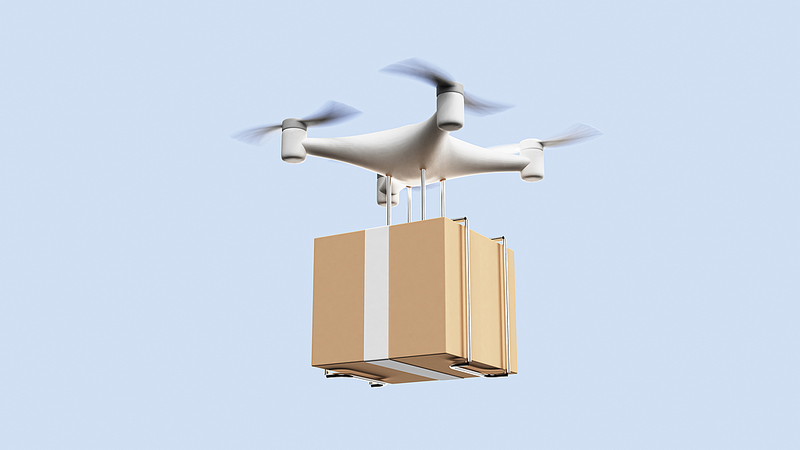Driven by the need to speed up critical care logistics, drone technology is reshaping medical emergency systems across China. From pilot routes in Tianjin to routine services in Sichuan, cities are cutting delivery times and saving lives.
Tianjin's Emergency Blood Lifeline
In late May, the Tianjin Municipality unveiled its first medical drone route, linking a blood station in the Binhai New Area to the Tianjin Medical University Cancer Hospital's Binhai branch. During a simulated emergency test flight, a drone carried a 5 kg payload inside a temperature-controlled medical box, with temperature, location, and flight status monitored in real time.
"The drone route creates an emergency blood lifeline for patients in critical conditions," said Shen Jun, vice president of the hospital. By bypassing road traffic delays, the point-to-point delivery system shaves precious minutes off emergency response times.
Policy Boost Fuels Growth
In November 2024, China's National Healthcare Security Administration added "air medical transport" to the national service price catalog, standardizing pricing across provincial areas and encouraging commercial insurers to explore coverage. This policy shift has accelerated the adoption of low-altitude aircraft in medical applications.
Routine Deliveries in Zigong
In Zigong, Sichuan Province, drones now handle routine medical transports. The city has opened 25 low-altitude routes linking 28 sites for medical delivery. As of May 27, drones completed 5,270 medical flights, cruising at 72 km/h with an 18-km range. They operate 70% to 80% faster than ground transport.
"Usually, it takes at least 30 to 40 minutes from the hospital branch of Bancang to the headquarters by ground transportation. Drones cut this to 11 minutes," said Huang Yuting, transport manager at Zigong First People's Hospital.
Breaking Barriers, Saving Lives
With provinces like Zhejiang, Guangdong, and Fujian exploring drone applications for test samples, blood, and emergency supplies, Chinese medical systems are breaking geographic barriers. "The low-altitude transport system enhances emergency response and improves resource efficiency by cutting costs and transport times," said Hao Jihui, president of Tianjin Medical University Cancer Hospital. "We'll expand drone applications to boost cross-regional resource allocation and meet multi-level health service demands."
As technology and policy continue to align, China's medical drone networks are set to transform healthcare logistics, offering a blueprint for the future of global emergency services.
Reference(s):
cgtn.com




